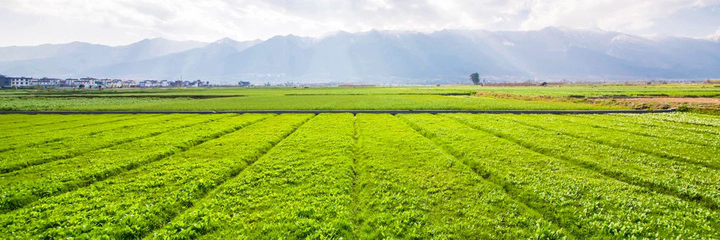Land use across the ages
Feb 18, 2021
·
2 min read

How have humans impacted land usage over time?
Get ready to look at data that’s millions of years old!
We wondered how we could use data science to learn about they ways humans have interacted or changed the land around us. “Anthromes” refers to the kind of changes humans have made to land. Cities, farmlands, and croplands are all examples of anthromes.
To answer our question we:
- Gathered data from the History Database of the Global Environment.
- Created line graphs to see the types of “anthromes”, such as croplands, that have appeared over the ages. The line graphs you see are called “data visualizations.”
Hints for the reading the graphs:
- You’ll see time frames on the top of each graph including “centuries”, “millennia”, and “decades.” Millennia means several thousand years, “centuries” means several hundred years, and “decades” means several 10-year periods.
- On the left-hand side of each graph, you’ll see “M.” This is the area of land impacted in millions of square kilometers. For example, in the “Millennia”graph, you’ll see 50M. That means 50 million square kilometers of land has changed. The type of change is the “anthrome”, in this case, seminatural.
- “Seminatural” anthromes are areas where humans haven’t used a lot of land. This could be a forest.
- Rangelands are large areas of land where there’s natural vegetation that's oftentimes grazed by domesticated animals.
Reflect on what you see
Look and interact with the data visualizations above. When you mouse-over the graphs you’ll notice more information appears.
Think about the following questions:
- What do you notice about the graphs?
- What do you wonder about the data?
Use the fill-in-the-blank prompts to summarize your thoughts:
- “I used to think_______”
- “Now I think_______”
- “I wish I knew more about_______”
- “These data visualizations remind me of _______”
Learn how we visualized the data
Go to our walk-through (in Jupyter notebook format) to see how we used the data science process (formulating a question, gathering the data, analyzing the data with code, and creating the visualizations) to create the line graph.